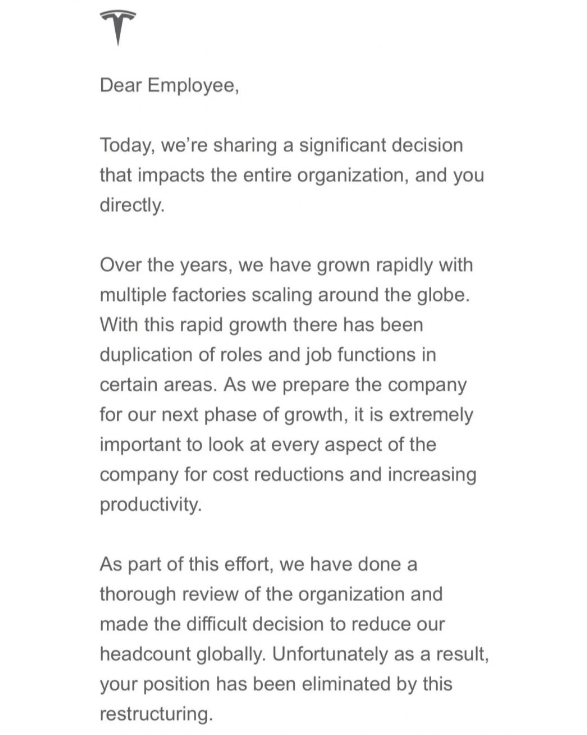Highlighting the salary disparity between women’s and men’s sports isn’t new, but the extent is still shocking. For example, Drake Maye, the third overall pick (NFL) and a future Super Bowl champion (Patriots are my team), and Caitlin Clark, the first pick (WNBA) as the greatest women’s basketball player, show a stark contrast. The earnings gap should narrow over time as women’s basketball grows its audience.

As a male tech exec, you can influence and help ensure that women in your organization are treated fairly when it comes to salary. They should have equal pay and equal opportunity.
Here are a few ways to reduce salary disparity:
- Promote pay transparency: Make sure that all employees are aware of the salary range for their position and level. This helps eliminate any potential biases or discrepancies in pay.
- Practice inclusive hiring: When hiring, make an effort to seek out and consider diverse candidates, including women. This not only creates a more inclusive workplace but also ensures that women are given equal opportunities for higher-paying roles.
- Provide equal access to training and development opportunities: Women should have the same opportunities as men when it comes to attending conferences, workshops, and other career development programs. This helps them develop necessary skills for higher-paying positions.
- Encourage salary negotiations: Often, women are hesitant to negotiate for a higher salary or feel uncomfortable doing so. As a male tech exec, you can encourage and support women in your organization to negotiate for fair compensation.
- Advocate for equal pay policies: You can use your position and voice to advocate for equal pay policies within your organization and beyond. This can include supporting legislation or initiatives that promote pay equality.
- Address any gender biases within the workplace: It’s important to acknowledge and address any gender biases that may exist within your organization. This can include unconscious biases in performance evaluations, promotions, or hiring processes that may result in pay disparities.
As a male tech exec, taking steps to reduce salary disparity and promote equal pay for women in tech and foster diversity benefits individuals and the company. Let’s close the gender pay gap and create a more equitable industry. Diversity and inclusion are crucial for any organization’s success – value and support diversity, including gender equality in tech.
Click here to see a post on considering options other than salary for a tech exec.







